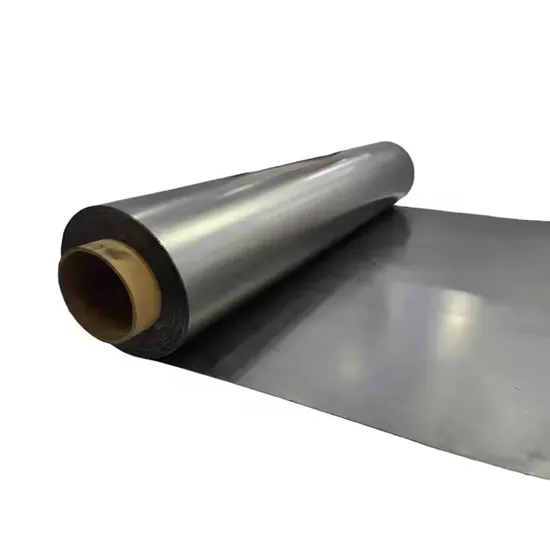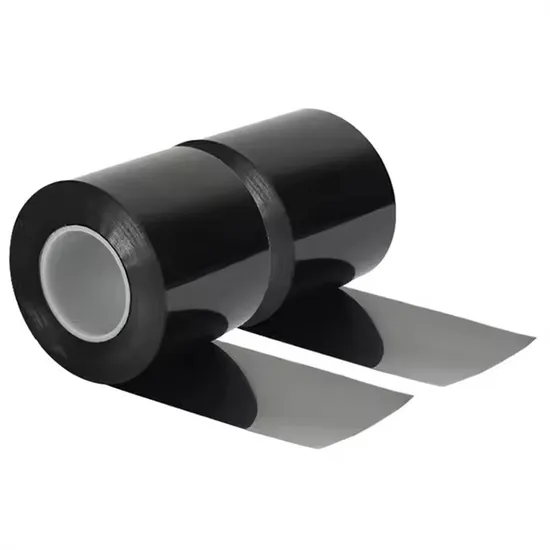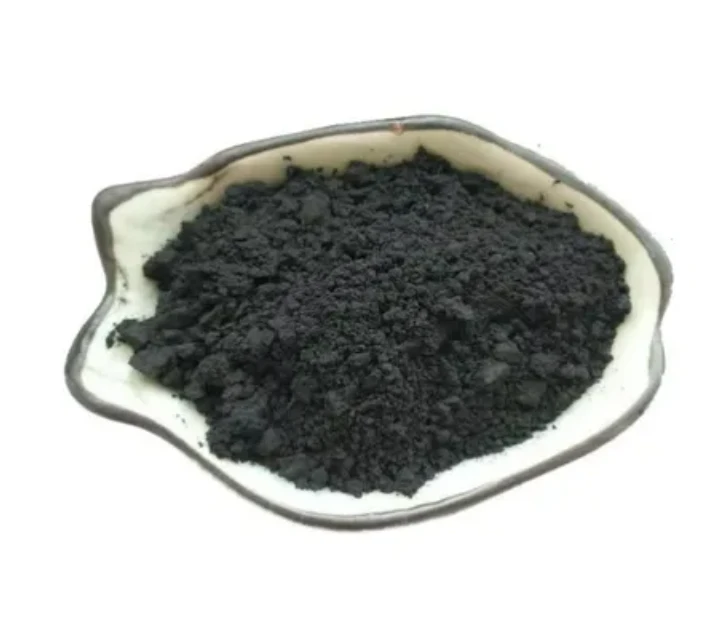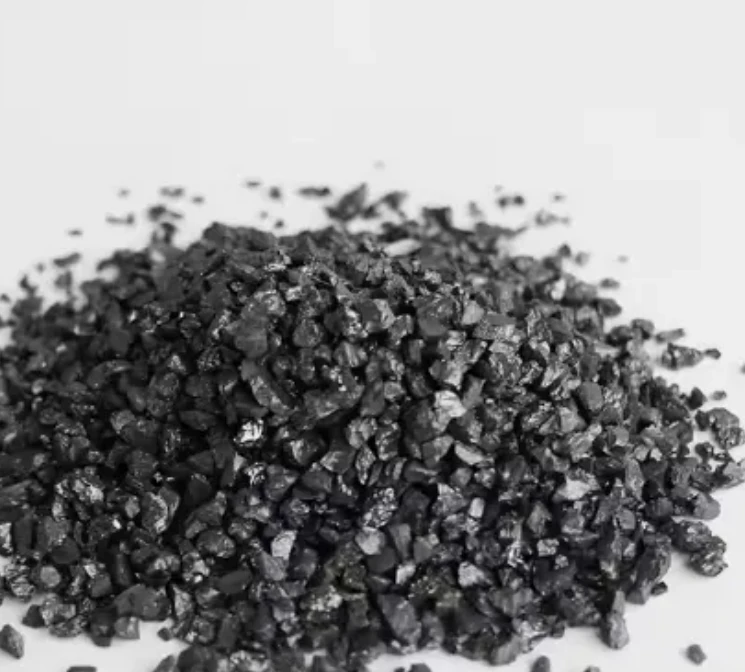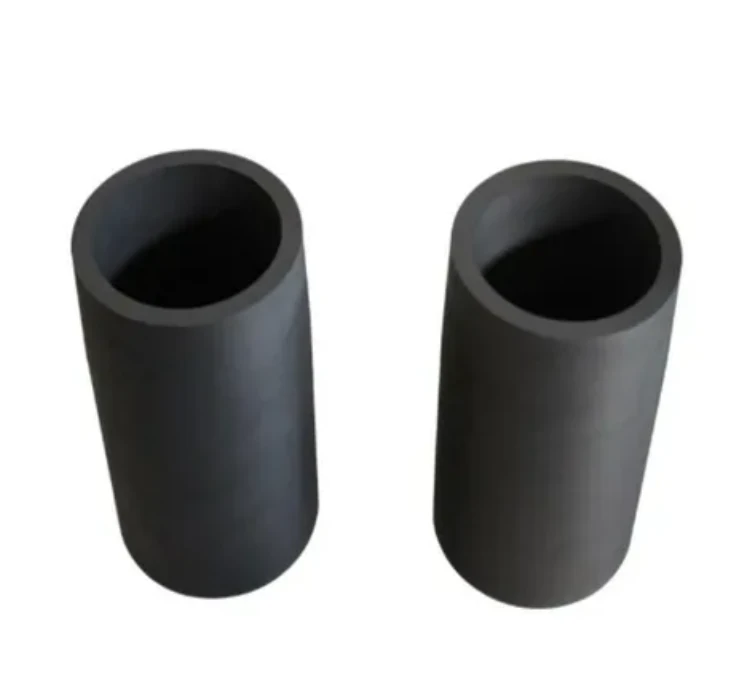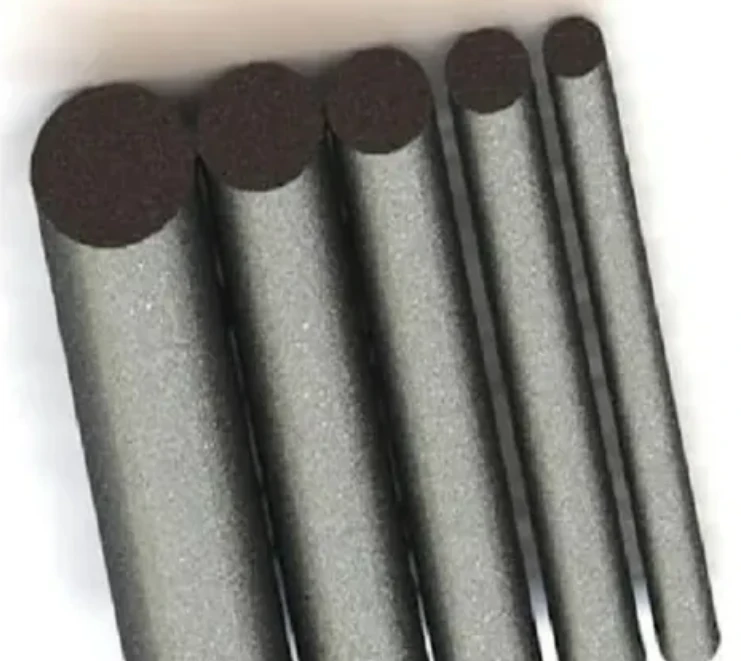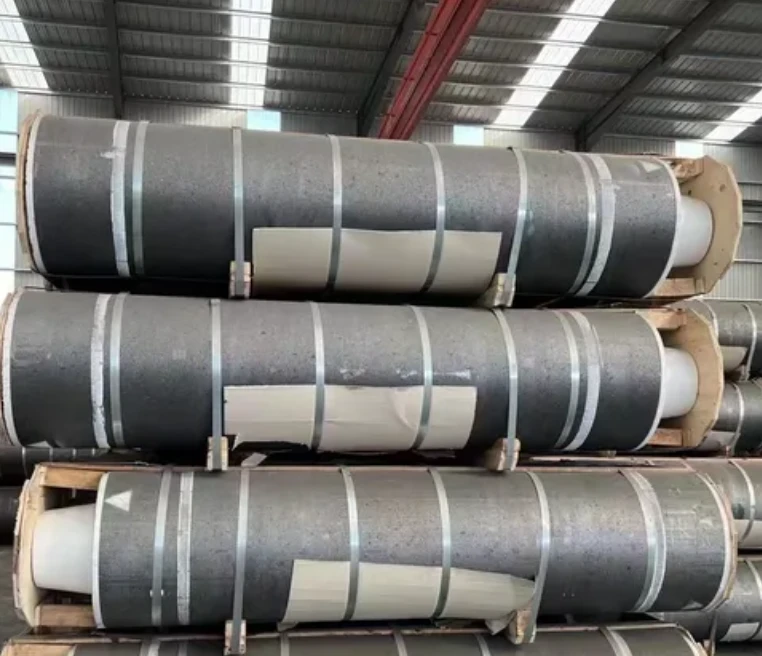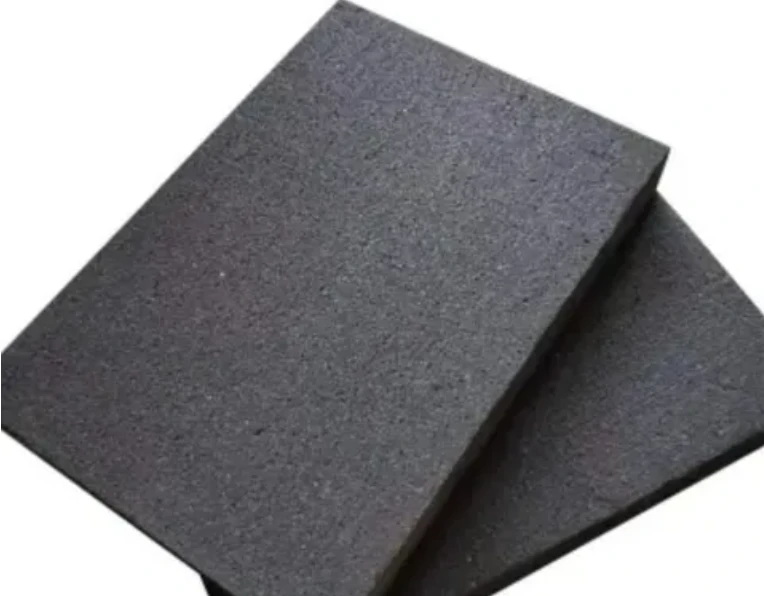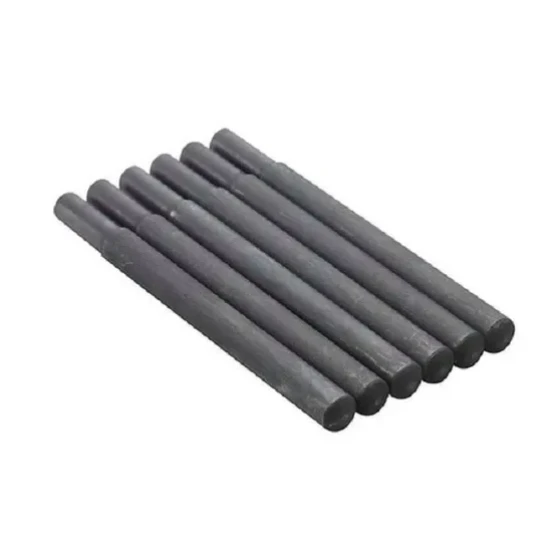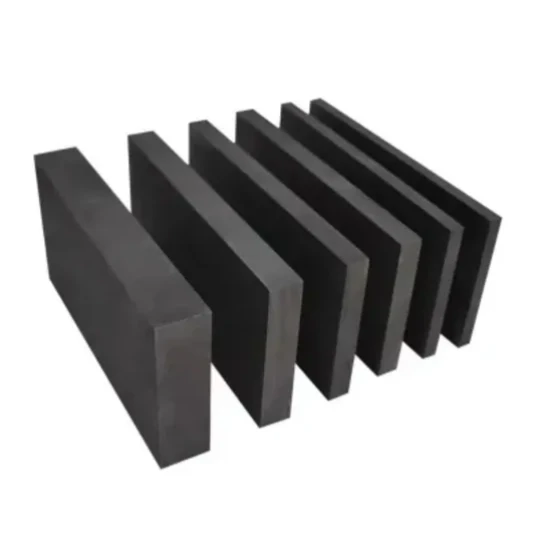- Englist


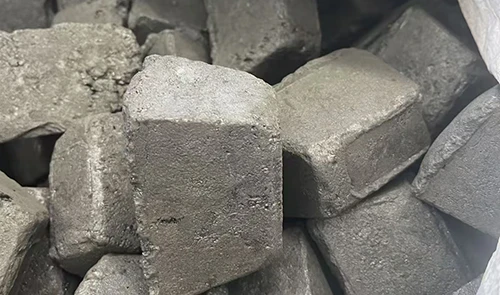
- Understanding industrial graphite requirements
- Scientific properties driving material selection
- Supplier comparison and performance metrics
- Customization options and solutions
- Real-world applications and case studies
- Purchasing process and selection criteria
- Operational advantages of quality materials

(buy graphite block)
Why Industries Need Quality Graphite Solutions
Industrial operations demand graphite components with exceptional thermal stability. Foundries requiring crucibles for metal processing consistently search for graphite that withstands thermal cycling above 2000°C without structural degradation. Semiconductor manufacturers source high-purity blocks for EDM applications needing ±0.005mm precision. Lithium-ion battery production lines consuming 15-20 metric tons of powder monthly require consistent particle distribution between 5-20 microns.
Processing variations account for significant performance differences. Crucibles manufactured with isotropic pressing maintain consistent wall thickness below 1.5mm variance, while powder purification methods like chemical leaching achieve 99.9995% carbon content. Leading suppliers now offer technical certifications including ISO 9001:2015 and RoHS compliance documentation. When operations buy graphite block
s, they should require mill test reports confirming density over 1.85 g/cm³ for optimal machining characteristics.
Material Science Behind Performance
Graphite’s molecular structure provides physical properties essential for extreme environments. Thermal conductivity reaches 400 W/mK in directionally-oriented blocks, outperforming copper by 15% above 500°C. Flexural strength ratings between 45-80 MPa allow intricate components like furnace electrodes to withstand thermal stress cycles. Coefficient of thermal expansion remains below 4×10⁻⁶/K, preventing deformation during rapid temperature changes.
High-purity variants used in photovoltaic manufacturing contain ash content below 50 ppm, achieved through secondary purification processing. Particle structure analysis reveals powder applications perform optimally with d₅₀ particle distribution between 8-12μm and BET surface areas over 15 m²/g. These characteristics directly influence performance metrics: aerospace foundries report 27% longer crucible lifespan and 14% reduction in alloy contamination when using premium grades.
Manufacturer Capability Analysis
| Specification | Standard Industrial | CarbonTech Solutions | Precision Materials Co. |
|---|---|---|---|
| Max Block Dimensions (mm) | 900×600×300 | 1200×700×400 | 1500×850×550 |
| Powding Processing Methods | Mechanical Milling | Jet Milling + Classification | Chemical Vapor Deposition |
| Crucible Thermal Cycles (Avg) | 35-45 | 60-75 | 80-110 |
| Customization Lead Time | 8-10 weeks | 5-6 weeks | 3-4 weeks |
| Minimum Order Quantity | 1,000 kg | 500 kg | 300 kg |
Third-party validation matters: Precision Materials holds AS9100 certification for aerospace components, while CarbonTech achieved ISO 14064 carbon-neutral production. Materials testing showed density consistency varied by 0.15 g/cm³ across standard suppliers versus 0.03 g/cm³ from premium manufacturers. Crucibles from tier-1 suppliers demonstrated 31% longer service life in aluminum smelting operations due to optimized grain orientation.
Tailored Material Specifications
Custom fabrication capabilities address application-specific challenges. Semiconductor manufacturers require blocks machined with porosity below 5% and resistivity under 8 μΩ·m for EDM applications. Thermal management applications combine diamond powder additives (5-7% by volume) to enhance thermal conductivity above 550 W/mK. Crucibles designed for reactive metals feature pyrolytic graphite coatings adding 0.3-0.5mm thickness specifically for titanium alloy processing.
Powder specifications vary significantly: fuel cell bipolar plates require powders with flake orientation ratios over 85%, while conductive coatings perform best with spherical morphology exceeding 90% circularity. Leading suppliers provide computational modeling to predict thermal stress distribution in custom crucible designs. Recent advancements include multi-axis CNC machining achieving surface finishes to 0.1μm Ra and dimensional tolerances within ±2μm per 25mm.
Performance Validation in Applications
Material validation occurs in operational environments: silicon wafer production recorded particle contamination below 1 ppm when using ultra-pure powder grades. Automotive foundries documented 22% reduction in zinc alloy rejections by switching to coated graphite crucibles. Crucible performance metrics in brass foundries show a direct correlation between grain structure alignment and lifespan:
- Isotropic grades: 55±5 pours
- Medium-grain extruded: 75±8 pours
- Fine-grain isomolded: 115±12 pours
Aerospace component manufacturers reduced EDM electrode consumption by 31% after switching to high-density blocks with compression strengths exceeding 80 MPa. Renewable energy sector applications include fuel cell bipolar plates manufactured from flexible graphite with conductivity maintained above 150 S/cm after 5,000 bending cycles. Lithium-ion anode production lines report improved coating uniformity with powder d₉₀ distribution maintained within ±0.8μm batch consistency.
Procurement Optimization Parameters
Material sourcing requires technical evaluation criteria including ultrasonic inspection reports validating internal structural integrity. Certified test reports should include:
- Shore hardness measurements between 45-100 HS
- Ash content analysis below 300 ppm
- Thermal conductivity values at 25°C and 500°C
- Particle distribution graphs with d₁₀, d₅₀, d₉₀ metrics
Volume purchasing breaks: orders exceeding 5 metric tons receive bulk pricing advantages up to 18% on standard grades. Quality verification should include third-party analysis for properties like oxidation onset temperature exceeding 650°C in air environments. Transportation protocols matter – blocks require climate-controlled shipping to prevent moisture absorption altering dimensions by up to 0.02%.
The Strategic Value When You Buy Graphite Materials
Production efficiency connects directly to material specifications: vacuum furnace manufacturers decreased electrode replacement frequency by 40% through adopting high-density graphite blocks. Crucible performance translates to direct financial impact—precious metal foundries report $18,000 average savings monthly through extended service intervals. Thermal management systems show 23% efficiency improvement when using engineered graphite versus aluminum heat sinks.
Supply chain specialists establish vendor rating systems weighing critical factors including purity documentation traceability, dimensional consistency certifications, and technical support responsiveness. Operations that buy graphite powder establish ongoing quality verification protocols with particle analysis every 500 kg received. Procurement departments increasingly implement blockchain-enabled material tracing from raw material sourcing through final processing. These measures ensure consistent performance essential for high-value industrial applications.
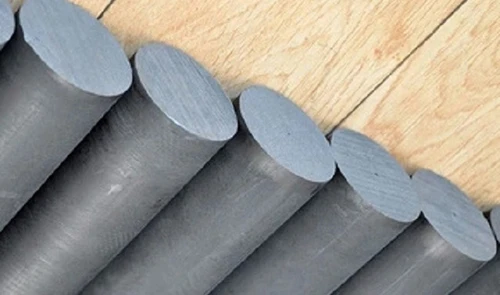
(buy graphite block)
FAQS on buy graphite block
Q: What factors should I consider when buying a graphite block?
A: Prioritize purity level, density, and dimensions to ensure it meets your application requirements. Verify supplier certifications and customer reviews for reliability. Compare pricing and shipping options for cost efficiency.
Q: How do I choose the right graphite powder for industrial use?
A: Assess particle size, chemical purity, and thermal conductivity based on your industry needs (e.g., batteries, lubricants). Confirm compliance with industry standards like ASTM. Request samples to test performance before bulk purchasing.
Q: Where can I buy a high-quality graphite crucible?
A: Source from specialized suppliers with expertise in high-temperature applications. Check for customization options (e.g., size, coating) and warranties. Platforms like Alibaba or industry-specific retailers often provide reliable options.
Q: Are there cost differences between buying graphite blocks, powder, and crucibles?
A: Yes—graphite blocks and crucibles are typically priced higher due to manufacturing complexity, while powder costs vary by particle size and volume. Bulk orders often reduce unit costs. Compare suppliers for competitive rates.
Q: What shipping and return policies apply to graphite product purchases?
A: Many suppliers offer global shipping but may exclude hazardous material transport. Review return policies for damage or defects, ensuring proper packaging. Confirm lead times and tracking options for urgent orders.





 Pervious
Pervious
 Next
Next
